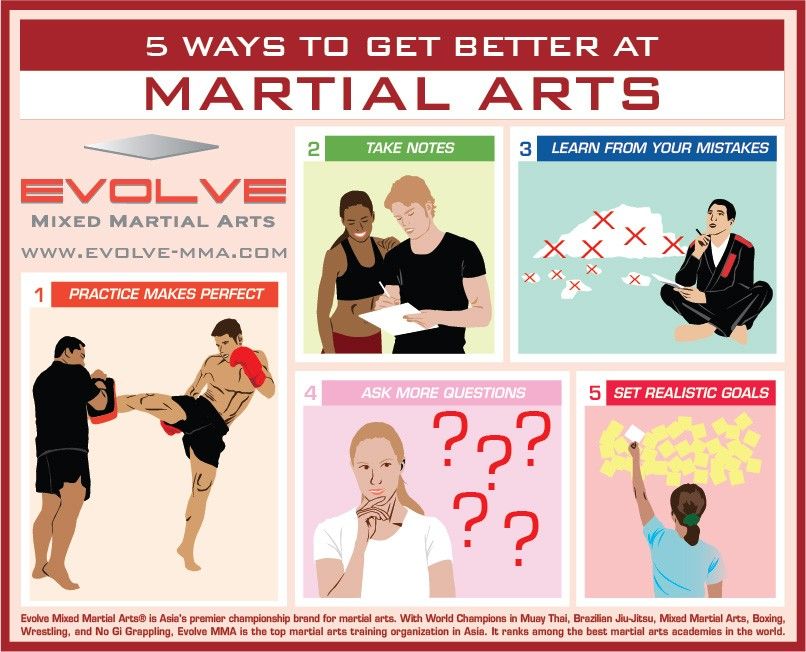Conventional Martial Arts Vs. Modern Combat Sports: Recognizing The Key Differences
Conventional Martial Arts Vs. Modern Combat Sports: Recognizing The Key Differences
Blog Article
Created By-Keith Fink
When you think about martial arts, do you lean much more towards the traditional techniques or the modern-day fight sporting activities? what style clothing should my kid wear for martial arts offers distinct benefits and experiences, shaped by their approaches and training techniques. Conventional martial arts highlight individual development and technique, while modern battle sporting activities focus on competitors and performance. Recognizing these differences can lead you in picking the right approach for your journey. Yet how do which martial arts should i learn manifest in training and philosophy?
The Approach and History Behind Traditional Martial arts
While lots of people connect martial arts with physical combat, the approach and history behind typical martial arts run much deeper. judo classes near me for adults 'll locate that these disciplines stress individual development, technique, and regard.
Stemming from ancient methods, typical martial arts were frequently developed for Self-Defense and spiritual growth. They embody principles such as equilibrium, consistency, and self-discipline, leading specialists beyond mere fighting abilities.
As you educate, you'll not only learn techniques yet also gain insights into the culture and values that formed these arts. The routines and practices, often passed down through generations, foster a feeling of community and belonging.
The Affordable Nature of Modern Battle Sports
Modern combat sporting activities have actually changed the landscape of martial arts right into a highly affordable sector, where professional athletes take on in an examination of skill, technique, and endurance.
You'll notice that competitors are usually organized with strict rules and policies, making sure fair game and safety and security. These events draw in huge target markets, sustaining the enjoyment and intensity of matchups.
Professional athletes train rigorously, not just for physical expertise however likewise for mental toughness, recognizing that every detail counts in the ring. The adrenaline rush throughout competitors is apparent, as competitors press their restrictions to declare triumph.
Followers value the athleticism and creativity included, making modern-day combat sporting activities a thrilling spectacle that remains to develop and astound lovers worldwide.
Training Methods and Methods: A Comparative Analysis
The affordable environment of modern-day fight sports demands innovative training methods that differ considerably from traditional martial arts.
In modern training, you'll focus on details strategies, sparring, and conditioning, commonly using drills that simulate real battle circumstances. You'll see a focus on measurable performance and constant competition to evaluate your skills.
On the other hand, traditional martial arts focus on types, katas, and thoughtful mentors, typically emphasizing discipline and respect over competition.
Training is normally less intense and may entail repeated practice as opposed to real-time sparring.
While both strategies construct ability and physical fitness, modern-day combat sports supply a much more dynamic and adaptable training atmosphere, preparing you for prompt obstacles in the ring or cage.
Select the course that straightens with your objectives and interests.
Verdict
In selecting in between standard martial arts and modern-day combat sports, it actually comes down to what you value many. If you're trying to find individual growth, technique, and a feeling of area, standard arts may be your best fit. But if you grow on competitors and real-time challenges, modern-day fight sporting activities could be the way to go. Inevitably, both courses offer one-of-a-kind benefits, so it's all about aligning your training with your individual objectives and rate of interests.
